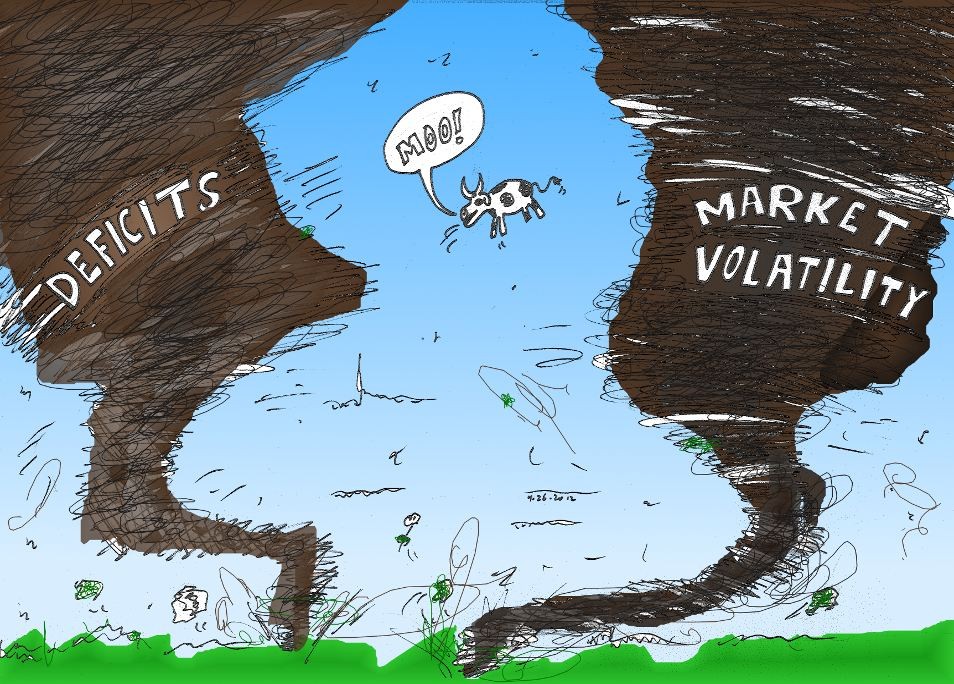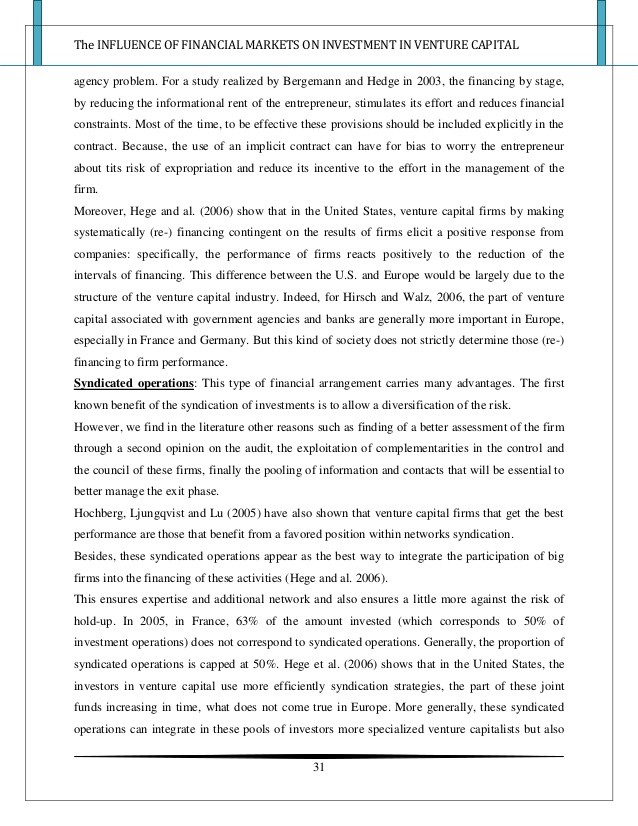Study Of Hedge Funds In Financial Markets Finance Essay
Post on: 5 Июнь, 2015 No Comment

Figure 1 Sources: Fortune (1966) Hedge Funds are pooled investment vehicles for the wealthy to take minimum risks and amplify returns by using leverage. This financial intermediary has a great success in financial markets for the past sixty years. Despite the recurring financial crisis, it can still cope well.
A.W.Jones formed hedge funds in 1949. He combined leverage with long-short equity positions. His untraditional strategy was not widely accepted until 1966. Fortune released an article showing Jone’s funds having a higher return than mutual funds. (see Figure1) [1 ]
1960s is the dark age of hedge funds due to the bull market. Short selling strategy seemed to be time consuming and non-profitable. However, the bear market in 1969-1970 again proved its advantages. During its renaissance period (1975-1997), it kept on developing gradually. [2 ]
Stepping into 1990s, Hedge funds grew dramatically over the world. The estimated assets and number of funds rose sharply. [3 ] (see Figure2)
People usually identify hedge funds as a structure, but not a strategy. It is for institutional investors and strong financial private individuals. The behaviour is based on stock selection skills, but not market timing skills. [4 ] The common characteristics of the investment pools include low correlation to the markets, high level of leverage as well as derivatives and wide range of investment strategies. The manager are paid by both asset-based and performance fee. It is also less regulated, but not unregulated. For example, Investment Company Act, it has exemptions by the definition of an investment company. Having above characteristics, hedge funds usually have higher return and low risks. [5 ] (see Figure3)
Figure 3
Source: Tran, V.Q. (2006) p154
According to Hedge Fund Research 2009, hedge funds’ strategies can be classified into 5 groups. (see Figure4)
Figure 4
Source: HFR (2009)

Equity Hedge is the balances of long-short equity and equity derivatives securities. Equity market neutral and short-biased are the common types. Short Biased consists short selling and managed futures. Managers analyse the price data to expect the future price and gain between purchasing and sale. The picking skill on the securities is important. Leverage is common to enhance the return.
Event-Driven makes profit from pricing inefficiencies in current or prospective corporate transactions, e.g. merger, bankruptcy. Distressed is common that managers invest at discount rate for those companies suffer from financial difficulties.
Macro takes advantages from the movement in underlying global macroeconomics variables, e.g. commodity, currency. Mangers predict the trend and use the long-short position.
Relative Value gains from the value discrepancy in reality between multiple securities. Fixed income-convertible arbitrage is the remarkable one. Arbitrage makes profits on the same security type; therefore it has low correlation to the markets. Risks are reduced and lower the volatility of the portfolio.
Fund of Funds combines different strategies e.g. conservative, diversified, market defensive, strategic, to help diversify the portfolio to lower the risk.














